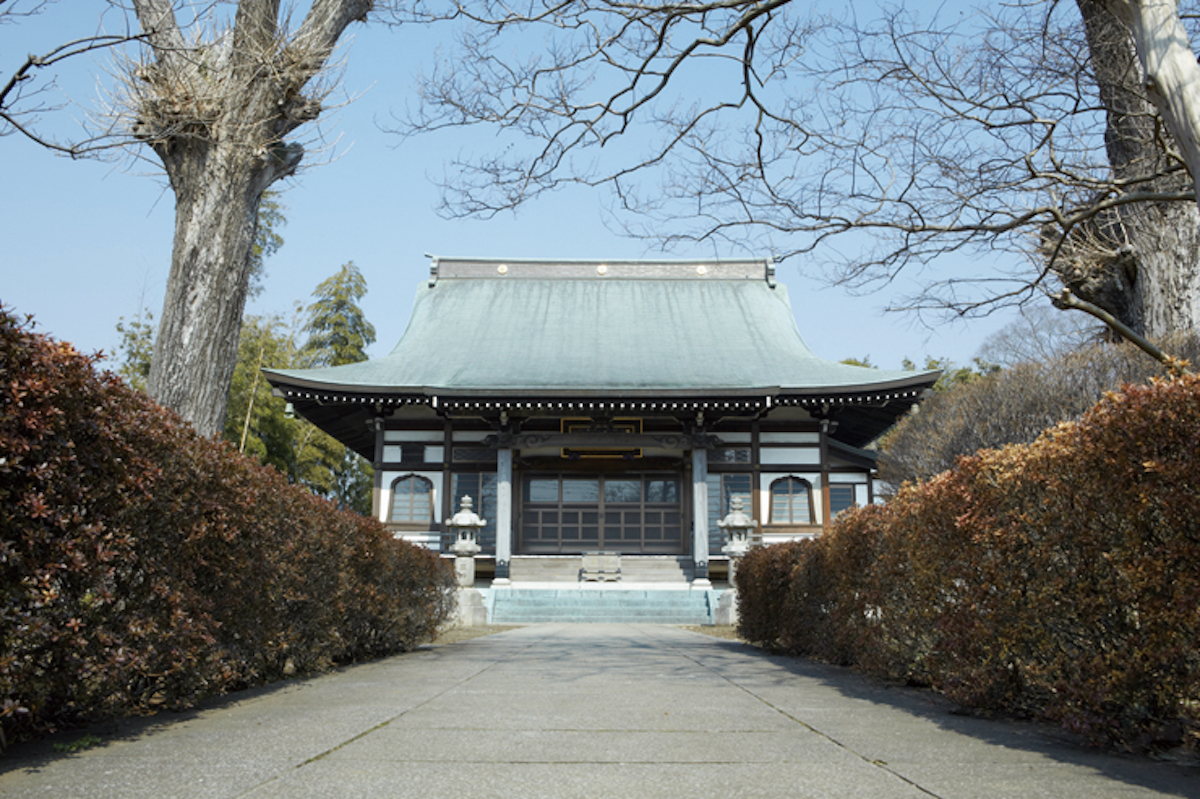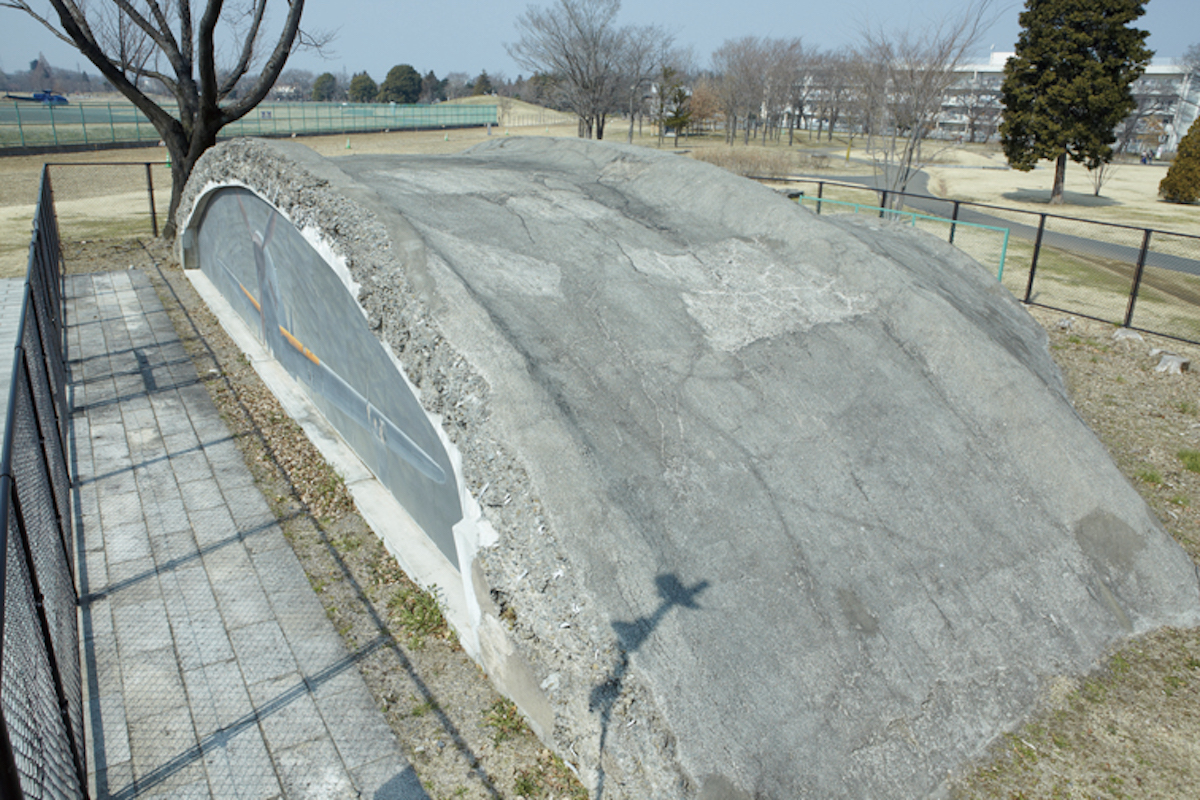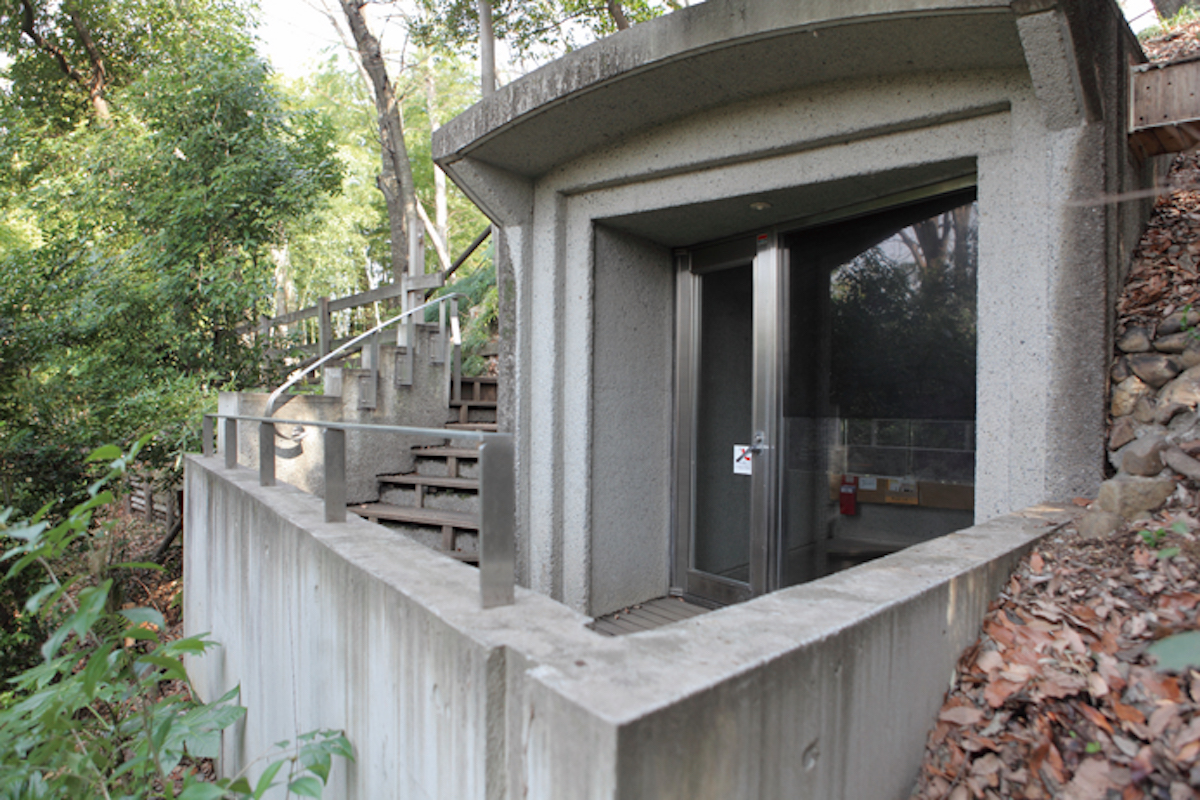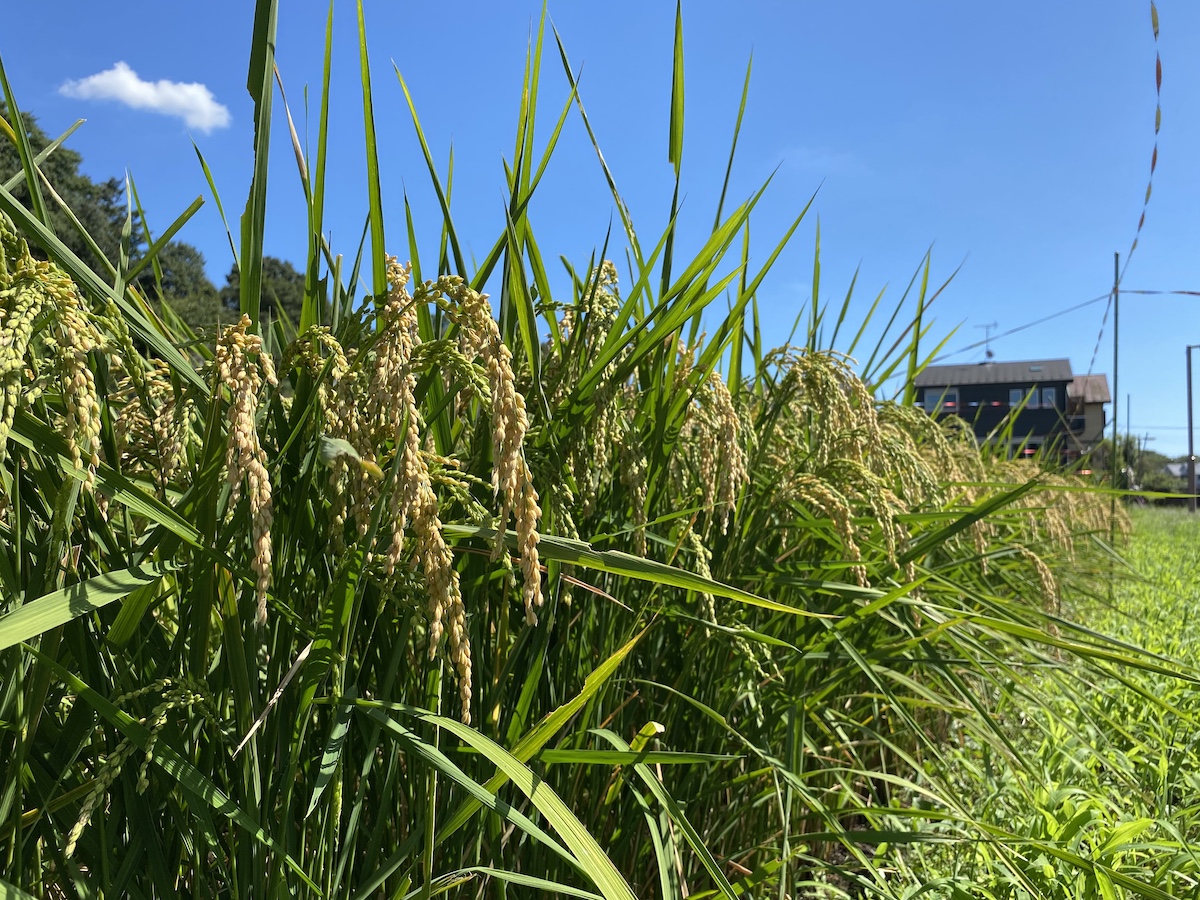Course images can be enlarged.

Map image can be enlarged

Visiting Museums in Osawa
The Middle Eastern Cultural Center in Japan, which researches and exhibits the history and culture of the Middle East (the general name for the regions of Egypt and Turkey in addition to Western Asia), and the adjacent ICU Hachiro Yuasa Memorial Museum on the campus of National Christian University, which exhibits archaeological artifacts and other items, mainly folk art, make for a unique museum tour.
Nature, History, and Nostalgic Mitaka
The walking course from Ryugenji Temple, the grave site of Isamu Kondo of the Shinsengumi and his birthplace, to the water wheel (new car) along the Nogawa River, the village of fireflies, the tomb of ancient people “Deyama Yokonana Tomb” and old houses is the Mitaka Furusato Course, where you can enjoy history and nature.
1 ICU Hachiro Yuasa Memorial Museum

The exhibition focuses on the collection of Dr. Yuasa, the first president of the university, and archaeological materials excavated from the campus. There are special exhibitions 2~3 times a year. *Please ask the guard at the main gate when you visit.
10:00~17:00 (closed at 16:30 on Sat.)
Closed: Sundays, Mondays, national holidays, Saturdays in March, July, and August, during exhibition change periods, summer vacation, and year-end and New Year holidays; check website for details.
Free admission
☎ 0422-33-3340
2 The Middle Eastern Cultural Center in Japan

This facility is dedicated to the study and exhibition of the historical culture of the Middle East. It has a permanent exhibition room where visitors can view a comprehensive history from the Paleolithic Age to the Ottoman Empire, as well as exhibition rooms dealing with different themes of history and culture.
Please consult or make a reservation in advance to view the exhibits or browse the library.
Middle Eastern Culture Center General Affairs Department ☎ 0422-32-7111
*Please contact us and visit us on weekdays from 10:00 to 17:00.
3 Isami Kondo’s Grave at Ryugenji

Ryugenji Temple, where Isami Kondo’s grave is located, is a Soto sect of Buddhism. It is the family temple of the birthplace of Isami Kondo, the head of the Shinsengumi. There is a bust of Isami Kondo, a monument to the Mitaka City Kendo Federation, and the graves of Isami Kondo’s family in the back of the main hall. On the left is a monument toIsami Kondo’s resignation.
5 Entaigo

Chofu Airport was a former army base during the war. Many Entaigo bunkers were built around the airfield to protect fighter planes from enemy bombs. Two of these shelters (Osawa No. 1 and No. 2) were maintained and are now open to the public.
6 Shinguruma

A water wheel called “shinguruma” (new car), which was founded around 1808 (Bunka 5), is open to the public with explanations by volunteers.
10:00~17:00 (closed at 16:00 from November to March)
Closed: Tuesdays (if Tuesday is a national holiday, the museum will be open on Tuesday and closed on the first weekday following Tuesday), Year-end and New Year holidays (12/28~1/4)
☎ 0422-45-1151 (Lifelong Learning Section, Sports and Culture Department, Mitaka City)
Admission 200 yen (free for junior high school students and younger), common ticket with Osawa-no-sato Old Folk Houses
7 Deyama-Ouketsubo

Deyama-Ouketsubo Tomb No. 8 (designated as a historic site by the Tokyo Metropolitan Government), an ancient tomb dating back to the 7th century in which bodies were buried by digging horizontally into the slope of the Musashino Plateau, has been developed and is now open to the public by Mitaka City. Inside, replicas of human bones are displayed.
9:30~16:00
Closed: Tuesdays (if Tuesday is a national holiday, the museum will be open on Tuesday and closed the following day), Year-end and New Year holidays
free
8 Hotaru-no Sato

Here, the spring water from the Kokubunji cliff line (commonly known as hake) and the surrounding greenery are preserved so that fireflies can occur naturally. carp streamers in May and paddy fields where children have planted rice in the summer welcome you.
10 The Nogawa River

The water that springs from the bottom of a 10-meter cliff along the Kokubunji cliff line (commonly known as the hake) collects and feeds the Nogawa River. The source of the river is in Kokubunji City, and it joins the Tama River near Futakotamagawa. The area is well known as a treasure house of wild birds, retaining the atmosphere of Musashino.
- Area1 The Neighborhood of JR Mitaka Station
- Area2 Ghibli Museum, Mitaka and Mitaka City Yuzo Yamamoto Memorial Museum
- Area3 Historic Footsteps of the Japanese Author, Dazai
- Area4 Inokashira Onshi Park and Inokashira Nature Garden
- Area5 The Middle Eastern Cultural Center in Japan, and ICU Hachiro Yuasa Memorial Museum |Kondo Isami / Village of Osawa
- Area6 National Astronomical Observatory of Japan, Mitaka Campus, and Mitaka Picture Book House in the Astronomical Observatory Forest|Jindai Botanical Gardens, and Jindaiji
- Area7 Historic Site: Katsubuchi-Jinja
- Area8 Kanda River Headwaters|Tamagawa Aqueduct / Town Where Miki Rofu Resided
- TOP PAGE
